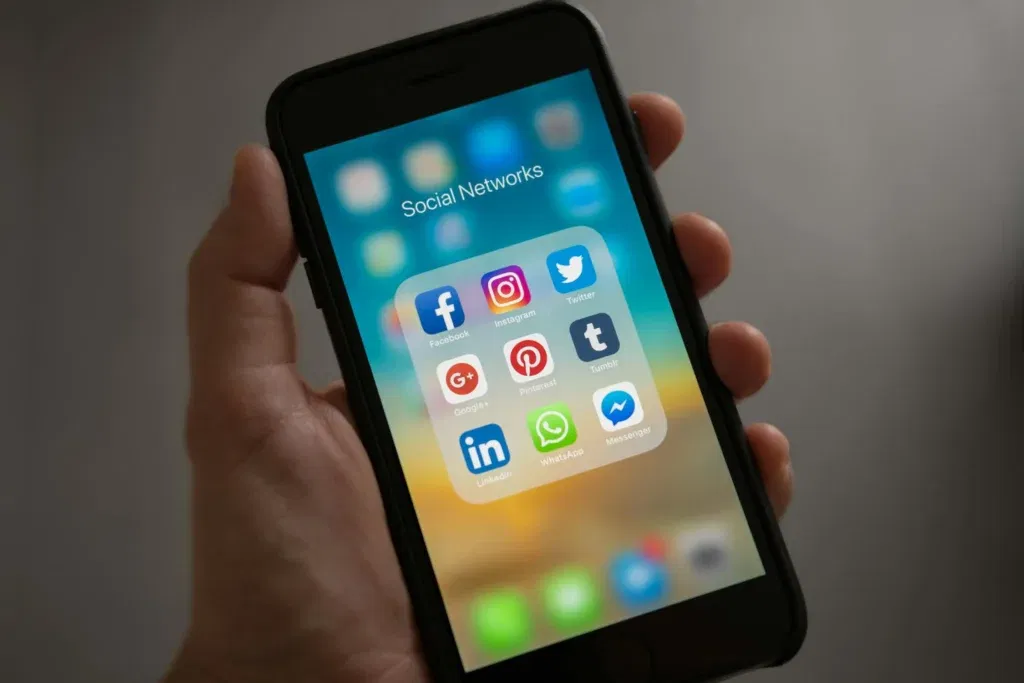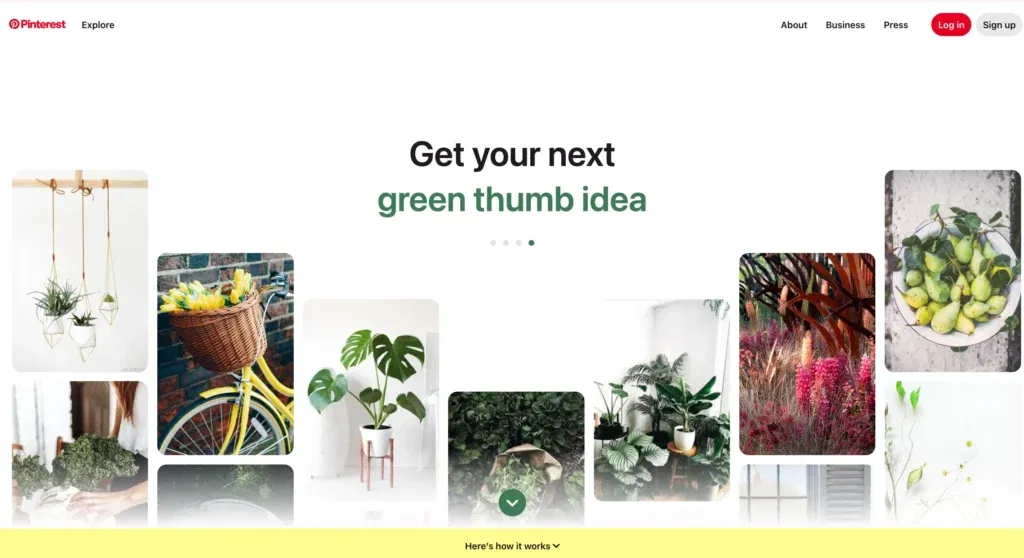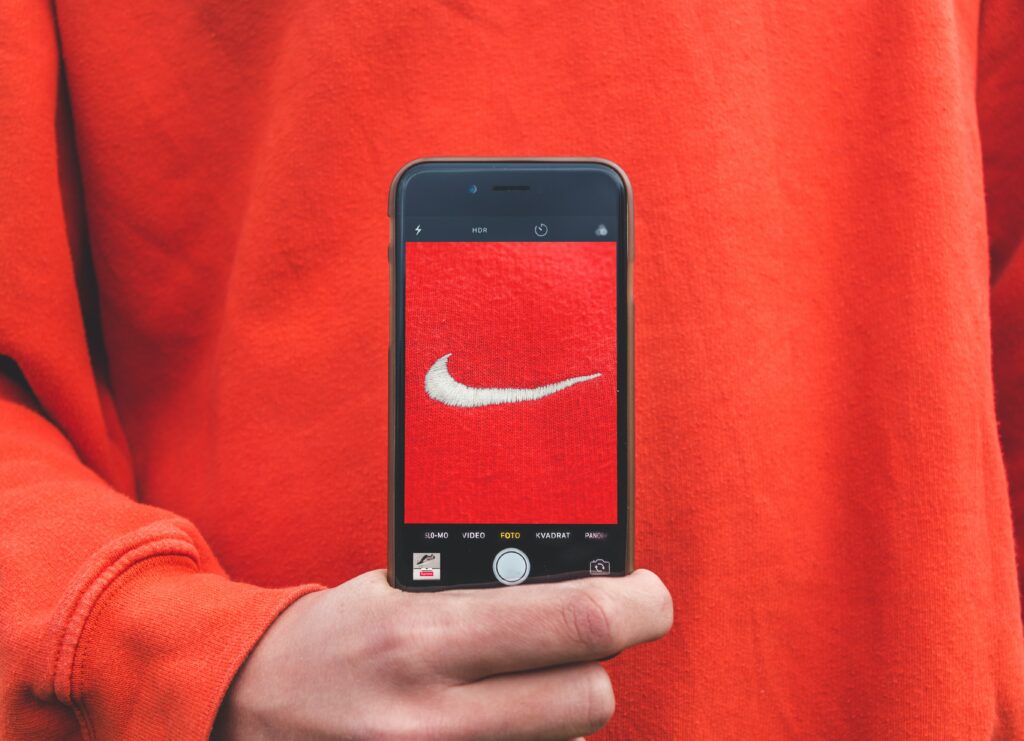“Is Pinterest social media, or is it something else entirely?” Like you, thousands of people also want to know the answer to this question. I mean, think about it. Likes, comments, and shares often categorize other social media sites, including direct messaging functionality. While Pinterest has all these features, it has a different “aura” from other social platforms.
So, if you’re wondering, the answer is yes: Pinterest is indeed a social media platform. In my opinion, it’s also a strategic tool for e-commerce businesses. You’ll see how in this post.
Table of Contents
Is Pinterest Social Media?

Let’s begin by defining social media. Social media is a broad term for digital platforms and applications that allow people to create, share, and interact with content. Examples include Facebook, Instagram, and TikTok.
Based on this definition, Pinterest certainly qualifies as social media. It’s a visual discovery platform that allows users to search, save, and interact with content called “pins.” Pinterest users can create “boards” where they save and organize pins. This is similar to the “Save” feature on Instagram, which allows you to save content into different collections.
On the other hand, Ben Silbermann, the co-founder and one-time CEO of Pinterest, prefers to describe Pinterest as a visual discovery engine where users go to find inspiration. The brand has always tried to distance itself from this social media label.
“When we talk to people about Pinterest we often describe it as not a social network,” says Silbermann. “Social networks are about communicating with other people. Pinterest is really about planning and getting ideas for your own personal life.”
We can agree that Pinterest is different. The primary goal of other social media platforms, such as Facebook, is to build relationships, but Pinterest focuses on helping users discover new ideas. This is what Ben Silbermann emphasized.
Meanwhile, the new CEO, Bill Ready, openly supports Pinterest’s functions as a social media platform. You can deduce this from his articles and statements about Pinterest. However, unlike other platforms, he pushes Pinterest as a social media platform where positivity thrives.
What Makes Pinterest a Social Media Platform?
Despite Pinterest’s focus on visual discovery, the platform has some features that make it a social media platform. These include the following:
1. Visual Content Sharing
Like TikTok and Instagram, Pinterest is a visual-sharing platform that allows users to create and discover images and videos on home decor, fashion, food, travel, etc.
When you create content, you can “pin” it to themed collections called Pinterest boards. Other users can then repin your content to their boards and share it with their network.
2. Community Building
Pinterest users can join or create group boards or communities on the platform. Group boards bring people who have similar interests together, primarily to share and save relevant pins to the board. This way, you can meet like-minded people, connect with them, and increase your reach.
Pinterest communities, on the other hand, are more interactive. People with similar interests have discussions about specific topics inside communities. However, to unlock this feature, you must join an existing community. Regardless, the presence of this feature qualifies it as a social network.
3. Engagement Features
Another notable feature of Pinterest that makes it a social media platform is its engagement features. You can comment on pins that catch your eye, leave a like, share, and repin to your board. These interactions encourage pinners and help maintain the positive, idea-driven atmosphere that Pinterest is known for.
4. Social Discovery
You know how you engage with certain posts on Instagram and TikTok, and then your feed becomes flooded with similar content? Well, Pinterest has a search algorithm designed in the same manner. I remember searching for travel-related ideas a couple of times, and before I knew it, my feed was packed with travel pins.
So, like other social networks, the more you interact with a particular type of pin, the more Pinterest fine-tunes your feed to match your interests.
Difference Between Pinterest and Other Social Media Platforms
Even though we’ve classified Pinterest as a social media platform, it operates differently from platforms like Facebook and TikTok. Here’s what sets it apart:
User Intent
You go to Facebook and Instagram to interact. You want to see the latest updates, catch up with friends, or, if you have a business, share your business updates. Interactions are what matter most with these platforms. However, the intent of the users on Pinterest is different.
People visit Pinterest to find ideas or shop. For example, if you want to redecorate your sitting room, you might search for “modern living room ideas” on Pinterest. As you scroll, you’ll find inspirational images, DIY tips, and shopping links to things you might want to purchase on the spot.
This user intent sets Pinterest apart from other platforms, making it an effective affiliate marketing tool.
Evergreen Content
TikTok, as you may know, is the home of trends. There’s always something new buzzing. The same goes for most social platforms, where virality determines how long content stays relevant.
But Pinterest is different in that regard. There’s no social pressure to have high followers. Your content will remain relevant if it appeals to users’ interests. A well-optimized pin can keep driving traffic long after it’s posted, making it best-suited for affiliate marketing.
Search Function
I know we said Pinterest is a social media platform, but we can’t deny its search engine functionality, which is an integral part of the platform. Unlike other platforms, where you scroll through an algorithm-driven feed, Pinterest lets you actively search for ideas, just like you would on Google or YouTube.
Pinterest as an Effective Tool for Your Affiliate Campaigns
While there’s debate about what Pinterest actually is, we can all agree it is an effective marketing tool for brands and affiliates.
Pinterest users browse the platform for inspiration and may eventually purchase items to bring their ideas to life. It’s as simple as “find and buy.” The platform has built-in shopping features that make selling easy. These features make it a powerful tool for businesses and affiliates looking to drive traffic, increase brand awareness, and boost sales.
Benefits of Using Pinterest for Affiliate Marketing
You should use Pinterest for affiliate marketing to gain the following benefits:
1. Increased Visibility
Pinterest has over 400 million active users. Pinning your product or ideas on the platform increases your reach to new people you’d otherwise not meet with. When you optimize your posts for Pinterest’s search engine, your products can appear in search results. This increases brand awareness and ultimately boosts sales.
2. Long-Term Traffic
Unlike Instagram and TikTok, where content quickly loses relevance, Pinterest pins have a relatively longer shelf life. Again, if your pin is optimized, your Pinterest marketing efforts will continue generating results long after posting.
3. Cold Traffic that Converts
Usually, the people who discover your brand on Pinterest may not be familiar with your brand. But this doesn’t stop them from buying your products if it’s what they need. As mentioned earlier, Pinterest users often browse, intending to discover and acquire new products. So you won’t spend so much trying to warm leads. This maximizes your marketing ROI.
4. Seamless Sales
Another benefit of using Pinterest for affiliate marketing is seamless sales due to the built-in sales features. With a Pinterest business account, you can access the Product Catalog feature, which converts your product catalog into pins.
You can also apply to the Verified Merchant Program to get a verified badge that increases credibility and reassures buyers. Plus, you can increase your reach and sales by running Pinterest ads.
5. Cost-Effective Brand Exposure
Pinterest allows for organic exposure with minimal investment. All you have to do is create well-crafted, visually appealing pins with relevant keywords. With that, your content can generate traffic for a long time. This makes it a cost-effective marketing tool for affiliates and brands.
6. Enhanced Product Presentation
Pinterest is all about visuals. You’ll rarely see a boring pin. Nearly everything you see compels you to try it out. The platform lets you present products through high-quality images, videos, and creative pin formats. So, if your affiliates have strong design skills or you can provide them with professional visual assets, it’ll be easy to attract users browsing the platform.
7. Niche Targeting
Pinterest users engage with content based on their interests. So, you can be certain that many people seeing your pins are your target audience. Such targeted marketing yields better results, provided you use the right keywords.
Pinterest Affiliate Marketing Tips for Brands
Below are tips to maximize your Pinterest marketing results:
- Optimize for Pinterest SEO: Encourage your affiliates to create a keyword-rich bio that reflects your brand and products. They must also use relevant keywords in product descriptions to ensure their affiliate content appears in the right searches.
- Conduct Keyword Research: Use the Pinterest Ads Keywords tool to find keywords in your niche. Compile these keywords in a file and share them with your affiliates, giving examples of how to use them.
- Retarget Interested Visitors: You can add the Pinterest tag to your website to track site visits and user actions. With this data, you can retarget ads to visitors who perform a certain task on your website, such as adding items to the cart.
- Experiment with Different Pin Types: Pinterest offers various pin formats, and using the right mix can elevate your affiliate campaigns. Encourage your affiliates to try out image and video pins to see which resonates more with your target market. You can also help them enable rich pins for your products to provide users with more information about them. Alternatively, activate the rich pins for your products and get your affiliates to repin.
- Provide High-Quality Visual Assets: Give your affiliates good visuals to work with. Eye-catching images and videos increase engagement and drive traffic to their affiliate links.
- Offer Pre-Made Pins or Design Templates for Affiliates: Make things easy for your affiliates by providing professionally designed pin templates. With these out of the way, they can focus on marketing efforts that produce results. The design templates also give your brand a cohesive look that encourages brand recognition.
Utilizing Pinterest for Your Business
At this point, we can conclude that the answer to the question “Is Pinterest social media?” is: yes, but not just! Pinterest is a social media-cum-visual search engine. But more importantly, it’s a tool you can leverage to increase reach and drive sales through affiliate marketing.
If you’d like to know more about how using Pinterest for affiliate marketing can grow your business, reach out to us or schedule a meeting here.



